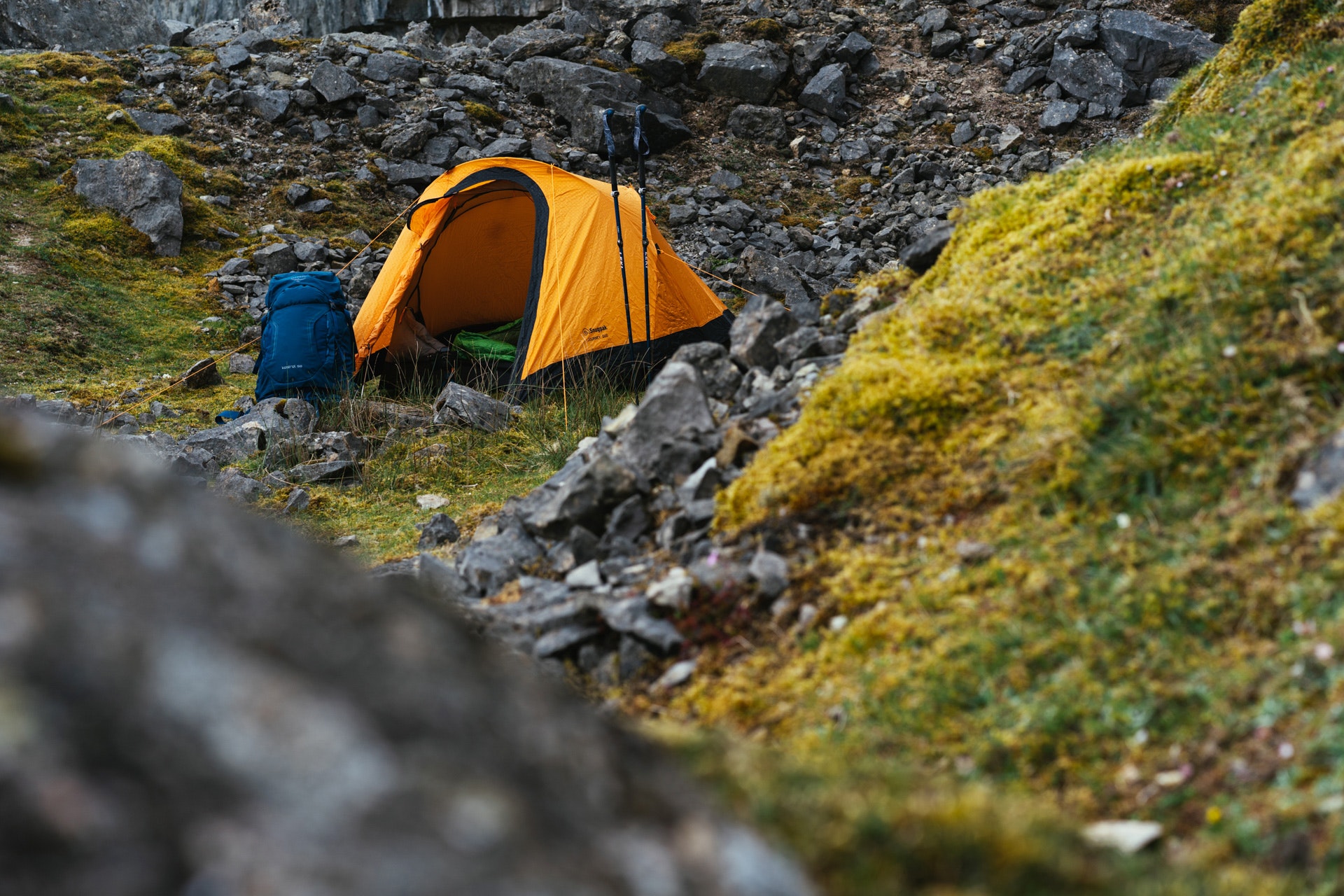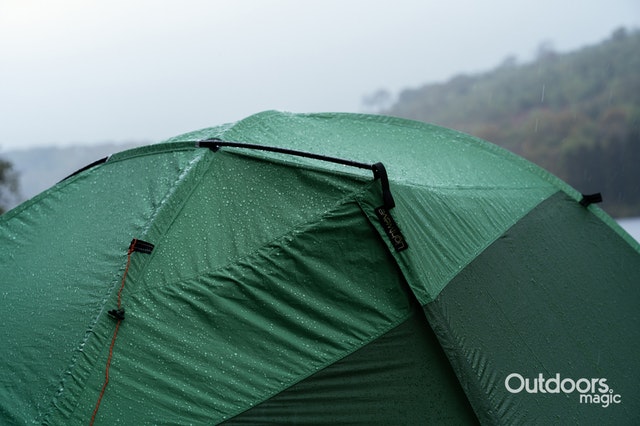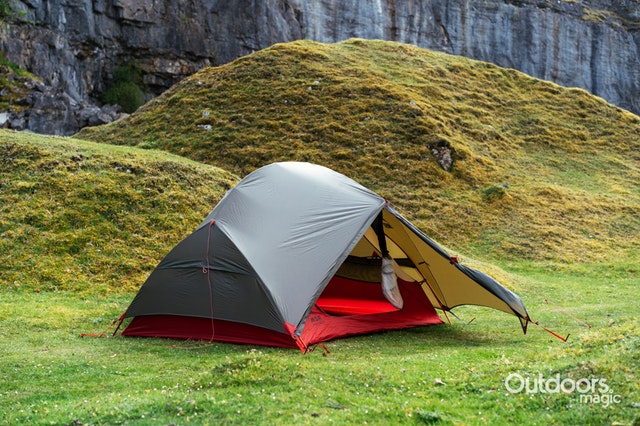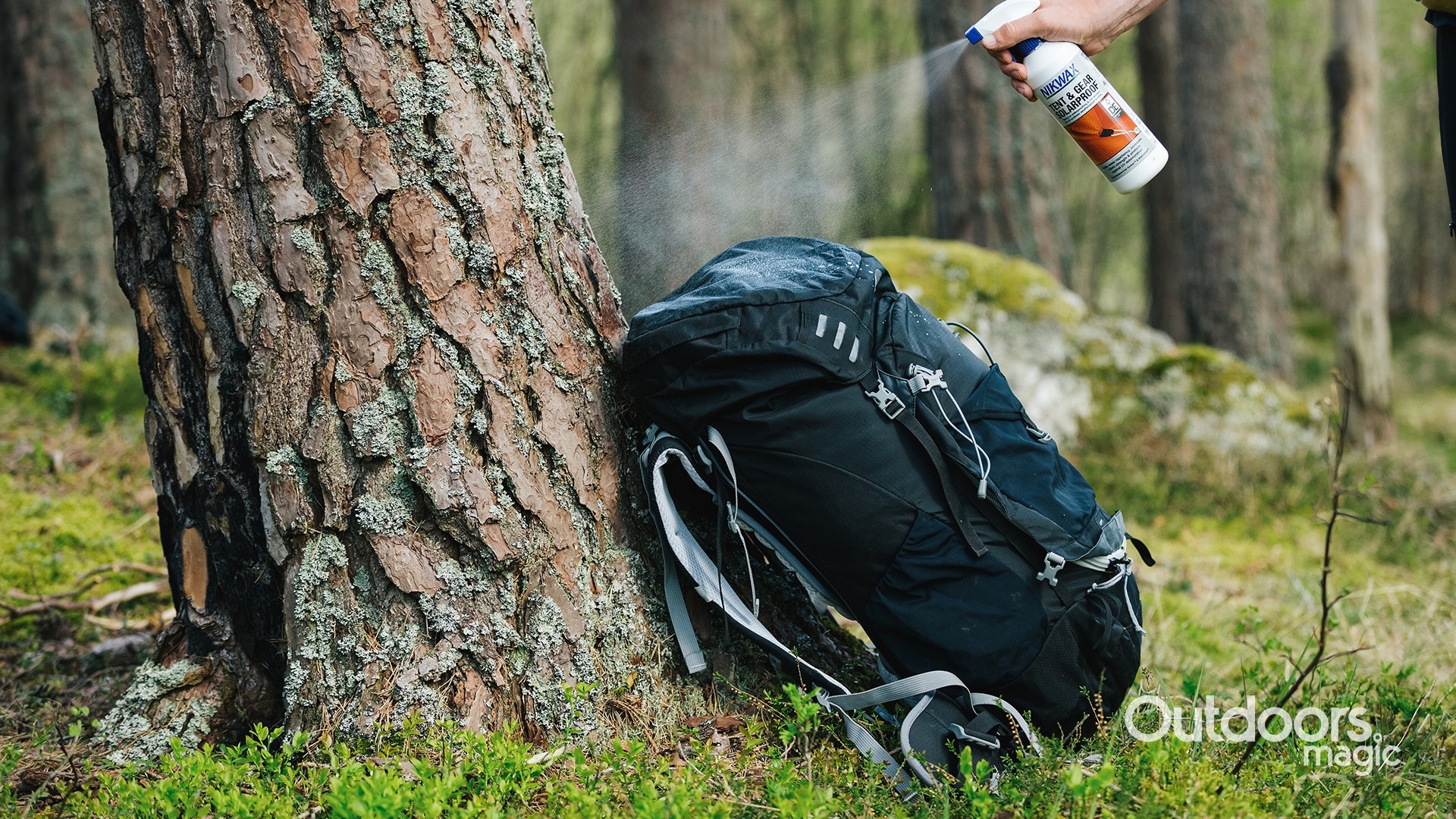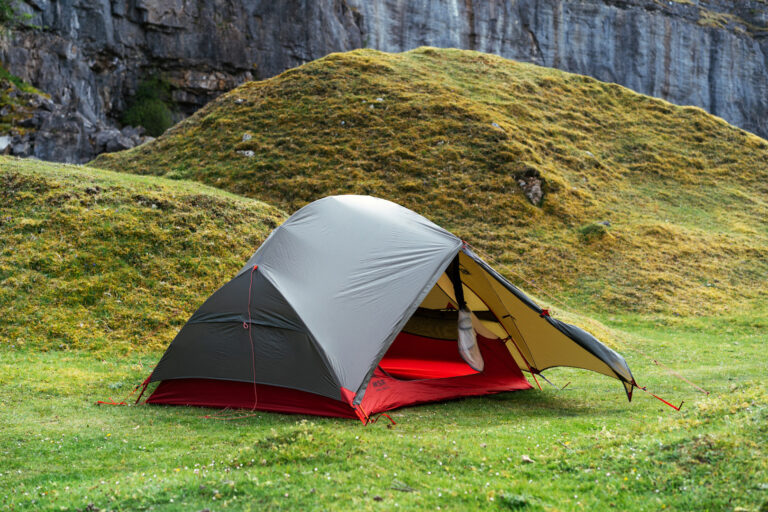Inevitably, tents can take a bit of a battering when you’re wild camping, bikepacking or backpacking. The same applies to campsite tents, especially if they’re left up, exposed to the weather for days on end. Sustained use can take its toll, just like constant pitching and packing away. Over time, this is likely to affect a tent’s weather-resistance, all-round performance and general durability.
“You can ensure your tent will remain your most trusty camping companion for years to come”
So, just like a bricks and mortar home, tents need a little TLC now and again – which usually amounts to no more than a quick clean after every camping trip. It’s worthwhile, we promise. Given a little care and attention, you can ensure your tent will remain your most trusty camping companion for years to come.
What Causes Damage To Tents?
Many different environmental factors can affect the performance of your tent and limit its effective lifetime.
Exposure to the elements: Over time, the effects of wind and rain can weaken the fabric of your tent. This can reduce water resistance and compromise stitching or tensile strength, resulting in rips or tears.

Ultraviolet (UV) light: Long-term exposure to the sun’s rays can damage a tent by degrading the fabric. Tent-care experts Nikwax claim that in some cases, just two weeks of UV exposure can lead to a reduction in the tear strength of the tent fabric by 50 per cent. UV damage also affects the fabric’s ability to repel water. If your tent starts to look faded or bleached, it is likely to have suffered UV damage. These risks increase in high UV areas, such as camping at altitude or in hot, arid environments like deserts.
“A build-up of grime can quickly start to affect your tent’s performance”
Dirt and dust: A build-up of grime can quickly start to affect your tent’s performance. That’s because dirt and dust reduce the effectiveness of a tent’s DWR (Durable Water Repellent) coating, so the fabric ‘wets out’ rather than water beading and running off the tent. This may cause your tent to leak. In addition, water, dirt or dust sitting on the tent fabric reduces its breathability. This means water vapour inside the tent can no longer pass through the fabric, causing condensation. This explains why even if it isn’t raining outside, you sometimes still get dampness inside the tent.
Mould and mildew: Packing away a damp or wet tent often leads to mould and mildew developing. This causes an unpleasant odour and appearance but is a particular problem for canvas tents, where the problem can go so far as to cause the fabric to rot away, rendering your tent completely unusable.

